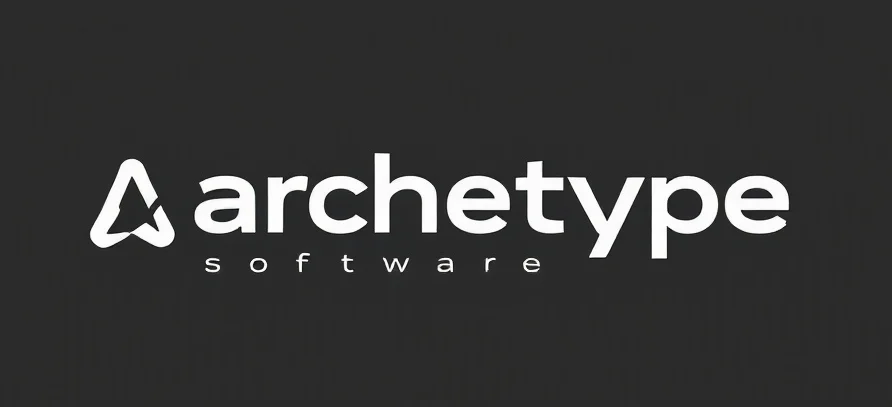Decoding FBA: More Than Just An Acronym
Amazon’s Fulfillment by Amazon (FBA) program might seem like another cog in the complex machinery of ecommerce. However, understanding its FBA meaning reveals how it can transform a business from a small-scale operation into a prominent player in the online marketplace. Let’s dissect this mechanism and see why it’s not just about logistics; it’s about strategy.
FBA: The Invisible Workforce
Think of FBA as a backstage crew in a theater production. While the actors (retailers) perform under the spotlight, the backstage crew (FBA) ensures everything runs smoothly. Inventory management, packing, shipping, and customer service—FBA handles these nitty-gritties, allowing sellers to focus on the performance itself. But don’t be fooled; this isn’t just a convenience. This is a paradigm shift in how businesses approach logistics and customer satisfaction.
The Strategic Edge of FBA
For those wearing the dual hats of entrepreneur and technologist, FBA offers more than just logistical relief. It’s akin to having an AI intern with the capability and reach to handle your tedious backend tasks, but with a level of precision and efficiency that can scale. This frees up mental bandwidth for innovation and strategic planning, which are critical in maintaining a competitive edge.
Moreover, FBA integrates seamlessly with Amazon’s expansive ecosystem. Sellers can tap into Prime’s promise of fast delivery, increasing product visibility and trust. This makes it an excellent choice for those exploring retail arbitrage Amazon, where quick fulfillment can make or break profitability. This is not just about selling more; it’s about selling smarter and more strategically.
Transformative Potential for Tech-Savvy Entrepreneurs
Imagine a world where your focus shifts from logistical conundrums to strategic growth—a world where AI-driven analytics guide your inventory decisions while FBA manages the execution. This is the transformative potential FBA holds for tech-savvy entrepreneurs. It’s not just a tool; it’s a partner in scaling operations and enhancing customer satisfaction.
Understanding Amazon FBA: A Comprehensive Guide to Getting Started
This guide provides a detailed overview of Amazon FBA (Fulfillment by Amazon), covering the technical aspects of how it works, how to get started, and a comparison with other fulfillment options like Fulfilled by Merchant (FBM). Whether you’re new to Amazon FBA or looking to optimize your business strategy, this guide will help you navigate the process efficiently.
What is Amazon FBA?
Amazon FBA allows sellers to store their products in Amazon’s fulfillment centers. Amazon then handles the picking, packing, shipping, and customer service for these products, making it easier for businesses to scale their operations. This program is especially useful for sellers looking to reach a global customer base without dealing with logistics themselves.
- Storage: Amazon stores products in their warehouses.
- Shipping: Amazon ships products directly to customers.
- Customer Service: Amazon manages returns, refunds, and customer inquiries.
How to Set Up Amazon FBA: A Step-by-Step Guide
Setting up FBA is straightforward, but it requires some initial steps to ensure your products are properly listed and ready for fulfillment. Follow these steps to get started with Amazon FBA:
- Create an Amazon Seller Account: Sign up for an Amazon Seller account if you don’t already have one.
- List Your Products: Create product listings and choose FBA as your fulfillment method.
- Ship Inventory to Amazon: Send your products to one of Amazon’s fulfillment centers. You’ll need to follow the guidelines for packaging and labeling.
- Set Pricing and Storage Preferences: Set your pricing and choose your storage preferences, including the option for long-term storage if necessary.
- Start Selling: Once your products are in the warehouse, they are available for customers to purchase.
Amazon FBA Costs: Understanding Storage and Fulfillment Fees
When using FBA, it’s important to understand the associated costs, which can affect your profit margins. Here’s a breakdown of the key fees:
- Storage Fees: Amazon charges monthly storage fees based on the volume of inventory stored. These fees can vary depending on the time of year (e.g., higher fees during peak seasons).
- Fulfillment Fees: Fulfillment fees cover the cost of picking, packing, and shipping your products. The fees depend on the size and weight of your products.
- Additional Fees: There may be other fees, such as for returns processing or labeling services.
How to Start an Amazon FBA Business: Key Steps
If you’re looking to start an Amazon FBA business, here’s a simple step-by-step process:
- Choose a Niche and Product: Select a product that has demand but isn’t oversaturated. Tools like Jungle Scout or Helium 10 can help identify profitable niches.
- Create Your Seller Account: Follow the steps to create an Amazon Seller account and select FBA as your fulfillment method.
- Source Your Products: Find a reliable supplier, and ensure you’ve calculated your product costs, including shipping to Amazon.
- Ship Inventory to Amazon: Send your products to Amazon’s fulfillment centers, following their labeling and packaging guidelines.
- Launch Your Business: Once your products are available in Amazon’s warehouses, start driving traffic to your listings using Amazon ads and organic methods.
Comparing Amazon FBA with Fulfilled by Merchant (FBM)
While FBA is ideal for many sellers, Fulfilled by Merchant (FBM) is another option worth considering. Here’s how FBA compares with FBM:
| Feature | Amazon FBA | Fulfilled by Merchant (FBM) |
|---|---|---|
| Shipping | Handled by Amazon | Handled by the seller |
| Customer Service | Managed by Amazon | Managed by the seller |
| Fees | Storage, fulfillment, and additional fees apply | No fulfillment fees, but seller covers shipping and handling costs |
| Best For | Sellers with high-volume or global sales | Sellers who prefer to manage their own fulfillment or have low volume |
- FBA: Best for sellers who want to focus on scaling their business without managing logistics.
- FBM: Better for small-scale sellers who want to keep costs lower and handle fulfillment in-house.
Maximizing Your Amazon FBA Experience
Amazon FBA provides a robust solution for scaling your business on Amazon by handling logistics, customer service, and shipping. By understanding the setup process, associated costs, and comparison with FBM, you can make informed decisions about how to best use FBA for your business. Start with a clear product strategy, optimize your listings, and choose the fulfillment method that aligns with your business goals.
Actionable Recommendations for Leveraging FBA
- Leverage Data-Driven Insights: Use Amazon’s analytics tools, and complement them with tools like Jungle Scout login to align your inventory with market demands. This minimizes overstock and stockouts, optimizing the supply chain.
- Focus on Branding: With logistics off your plate, invest time in building a strong brand presence. Enhanced brand content and targeted marketing can distinguish your offerings in a crowded marketplace.
- Optimize Product Listings: Craft detailed and keyword-optimized product descriptions to improve your search rankings and conversion rates.
- Experiment with Pricing: Use dynamic pricing strategies to remain competitive without sacrificing margins.
By understanding FBA not just as a service, but as a strategic ally, entrepreneurs can navigate the ecommerce landscape more effectively, focusing on growth rather than logistics.
Checkout ProductScope AI’s Studio (and get 200 free studio credits)

